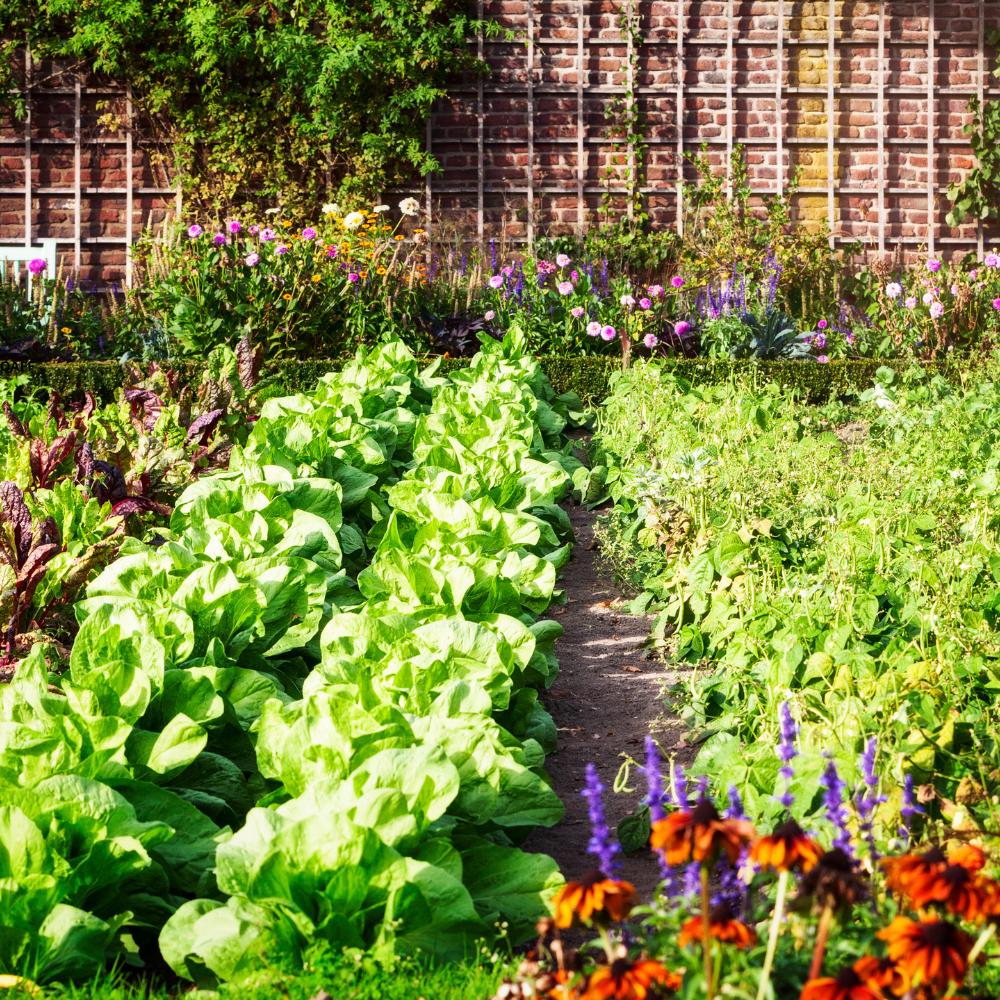Home gardening is therapeutic. It is one of the hobbies that not only gives inner satisfaction but also helps save nature. Growing organic fruits and vegetables will help you lead a healthier life and grow a healthy environment.
What is home gardening?
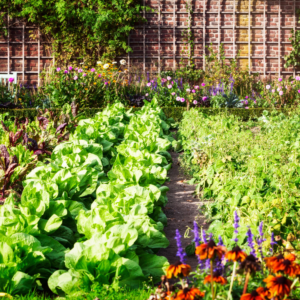
Home gardening is cultivating plants, such as vegetables, fruits, herbs, and flowers, within one’s own residential space, whether in a backyard, balcony, or windowsill. It offers a sustainable way to grow fresh produce, create a calming green environment, and engage in a fulfilling hobby. Home gardening not only promotes healthy eating by providing access to organic, pesticide-free food but also contributes to mental well-being through a connection with nature. It can be tailored to various living conditions, making it accessible to both urban and rural dwellers.
A home garden is a small-scale, personal plot of land or container space where individuals grow a variety of plants, including fruits, vegetables, herbs, and flowers. It’s typically located in backyards, patios, or even on rooftops, allowing homeowners to cultivate their own fresh produce for personal consumption. Home gardening is a way to connect with nature, enjoy fresh food, and contribute to environmental sustainability.
Organic Farming and Home Gardening:
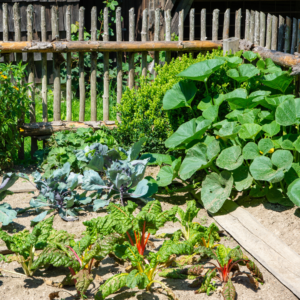
Organic farming methods are commonly used in home gardens to grow plants without synthetic chemicals or genetically modified organisms. These methods include composting to create nutrient-rich soil, using natural fertilizers like manure or worm castings, and practicing crop rotation to maintain soil fertility. Integrated pest management, which involves using beneficial insects, companion planting, and natural repellents like neem oil, helps control pests without harming the environment. Mulching with organic materials like straw or leaves conserves moisture and prevents weeds, while rainwater harvesting reduces water waste. These practices not only support healthy plant growth but also promote a sustainable, eco-friendly approach to gardening.
Why to start home gardening?
Home gardening offers numerous benefits for both health and the environment. Growing your own fruits, vegetables, and herbs ensures access to fresh, organic produce, which can improve your diet and overall well-being. Gardening also promotes physical activity, helping to reduce stress and enhance mental health. On an environmental level, home gardens contribute to biodiversity by creating habitats for pollinators like bees and butterflies. They also reduce your carbon footprint by cutting down on the need for store-bought produce, which often involves long transportation distances. Furthermore, gardening can help improve soil health and reduce waste through composting.
The Purpose of Home Garden?
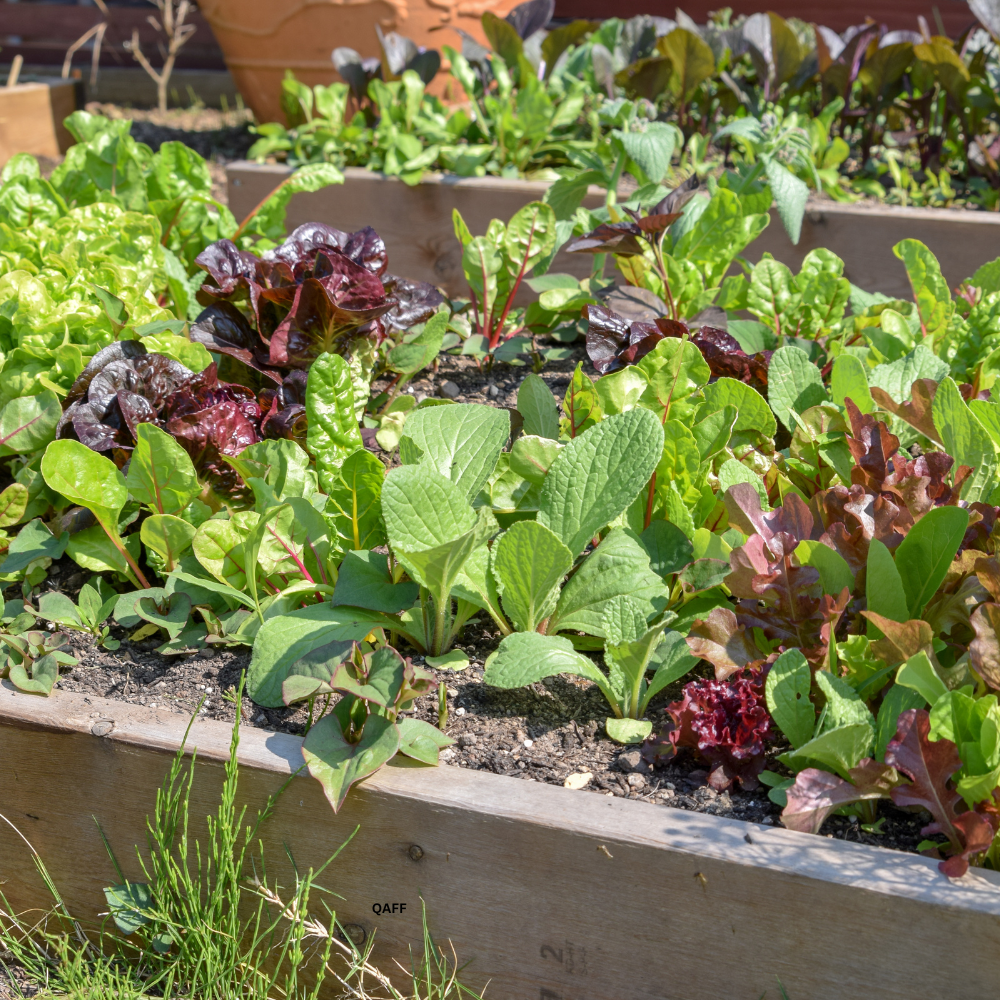
The purpose of a garden can vary depending on individual preferences, but generally, gardens serve as spaces for cultivating plants, enhancing the beauty of an area, and creating a sense of tranquility. Many people garden to grow their own food, enjoying the benefits of fresh, organic produce. Gardens can also serve as places for relaxation and recreation, providing a natural setting to unwind, meditate, or spend time with loved ones. Additionally, they contribute to the environment by supporting biodiversity, improving air quality, and creating habitats for wildlife. Whether for aesthetic appeal, food production, or environmental conservation, gardens hold diverse purposes that enrich our lives and surroundings.
Home Gardening Tips and Ideas:
Starting a home gardening might be tricky, however, some useful tips an ideas will help you start off the home gardening hobby.
Here are some practical home gardening tips to help you with how to do gardening at home:
Start Small:
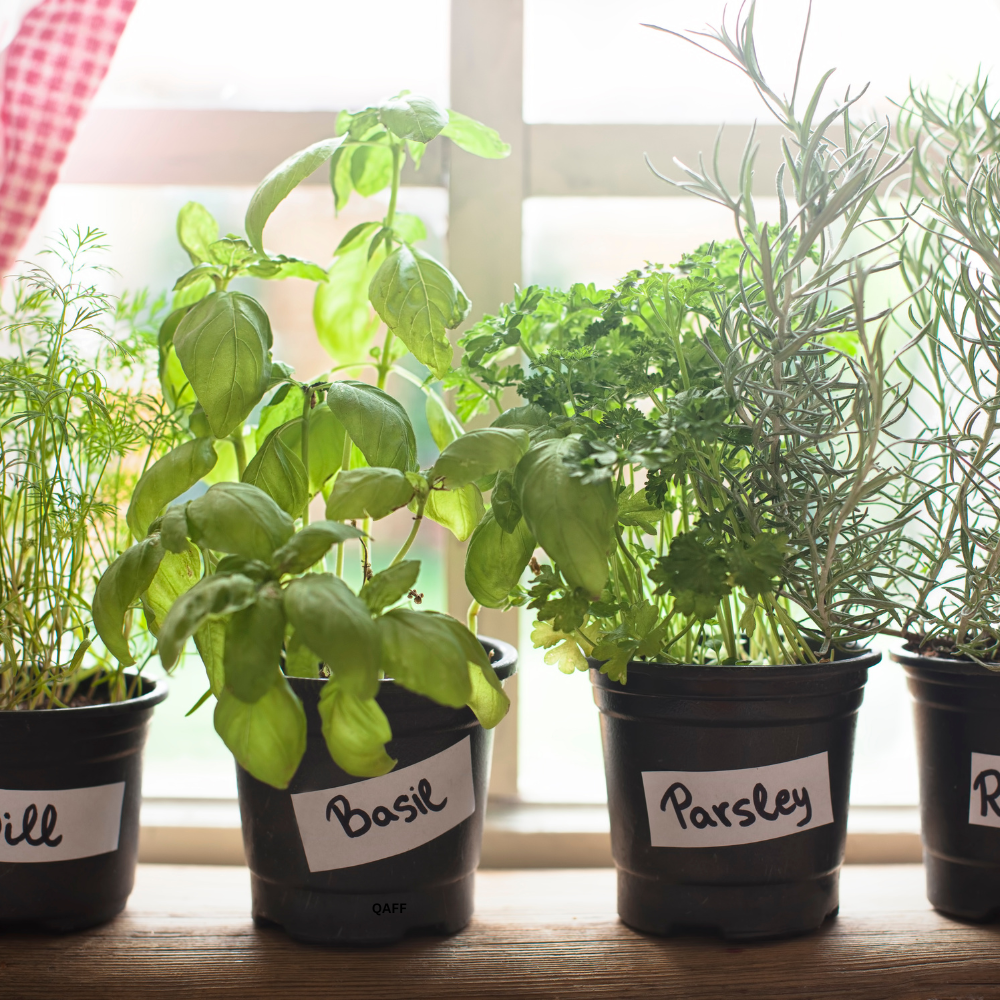
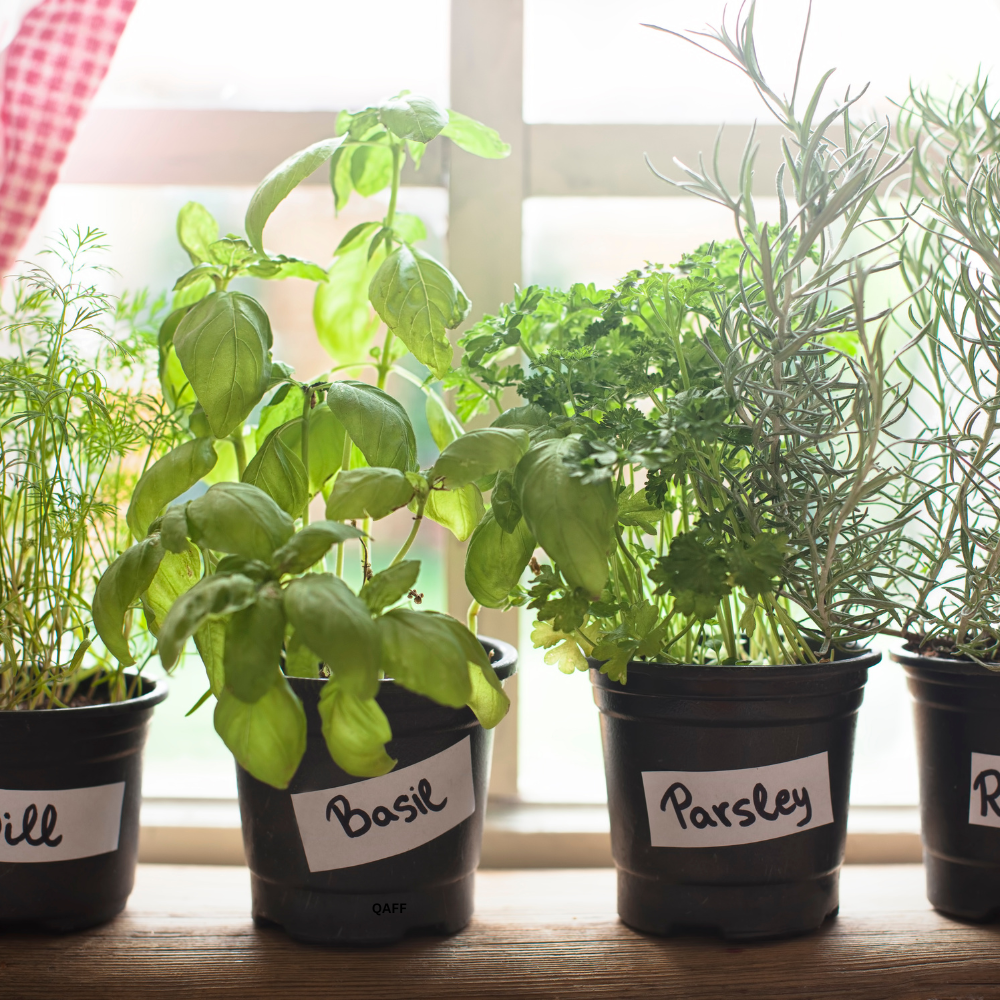
If you’re new to gardening, begin with a small space or container garden. This allows you to manage it easily and learn the basics before expanding.
Choose the Right Plants:
Select plants that are well-suited to your climate and soil conditions. Research what grows best in your area during each season.
Use Quality Soil:
Invest in high-quality, nutrient-rich soil or compost. Healthy soil is the foundation of a successful garden, helping plants grow strong and resist diseases.
Water Wisely:
Water your garden in the early morning or late afternoon to minimize evaporation. Use drip irrigation or soaker hoses to direct water to the plant roots and conserve water.
Mulch:
Add a layer of mulch around your plants to retain moisture, regulate soil temperature, and suppress weeds. Organic mulches like straw, wood chips, or leaves work best.
Practice Companion Planting:
Pair plants that benefit each other. For example, planting basil near tomatoes can improve flavor and deter pests.
Rotate Crops:
To avoid depleting the soil and reduce the risk of pests and diseases, rotate your crops each season. This is especially important for vegetable gardens.
Prune Regularly:
Prune dead or diseased branches and leaves to encourage healthy growth. Regular pruning helps plants focus their energy on producing fruits or flowers.
Use Natural Pest Control:
Introduce beneficial insects like ladybugs, or use natural remedies such as neem oil or garlic spray to control pests. Avoid chemical pesticides that can harm your garden’s ecosystem.
Compost:
Composting is a great way to recycle kitchen scraps and garden waste. It adds essential nutrients back into the soil and reduces waste.
Following these tips, you can create a productive, healthy garden that thrives year-round.
How to make a beautiful garden at home?
Creating a beautiful garden at home involves thoughtful planning, creativity, and care. Here are some steps to guide you in designing a garden that enhances your outdoor space:
Plan Your Layout:
Start by sketching out a design for your garden. Consider the space you have, the amount of sunlight it receives, and how you want to use it. Create a balance between open areas, plants, and decorative elements like paths, benches, or water features.
Choose a Focal Point:
Every beautiful garden has a focal point that draws the eye. This could be a statement tree, a garden sculpture, or a water feature like a fountain or pond. Plan your garden design around this centerpiece.
Select a Color Scheme:
To create visual harmony, choose a color scheme that complements your home and landscape. Consider the colors of flowers, foliage, and even garden furniture. You can opt for vibrant, contrasting colors for a bold look or soft, pastel tones for a more peaceful vibe.
Mix Plant Heights and Textures:
Add depth and interest by planting a variety of plants with different heights and textures. Use tall plants like sunflowers or ornamental grasses at the back, medium-sized shrubs in the middle, and low-growing flowers or ground cover at the front.
Incorporate Perennials and Annuals:
Combine perennials (plants that come back year after year) with annuals (plants that last one season). Perennials provide structure and long-term beauty, while annuals add vibrant seasonal color.
Create Pathways:
Pathways guide the flow of the garden and invite exploration. Use materials like gravel, stepping stones, or brick to create defined paths that add structure to your space.
Add Garden Decor:
Enhance the beauty of your garden with decorative elements such as garden lights, bird feeders, wind chimes, or decorative pots. These touches can reflect your personality and make the space feel inviting.
Use Vertical Space:
In smaller gardens, make use of vertical space by adding trellises, hanging baskets, or climbing plants. This not only saves space but also adds layers of greenery.
Maintain Regularly:
A beautiful garden requires regular care. Prune, deadhead flowers, and weed frequently to keep the garden looking tidy. Mulch and fertilize as needed to keep plants healthy and thriving.
Embrace Seasonal Changes:
Plan your garden with all four seasons in mind. Choose plants that will bloom at different times of the year so your garden has continuous beauty and interest.
By combining thoughtful design with regular care, you can create a stunning garden that provides beauty and enjoyment throughout the year.
How to decorate garden at home?
Decorating a garden at home can transform it into a serene and inviting outdoor space. Here are some tips to help you create a beautifully decorated garden:
- Add Garden Furniture: Incorporate comfortable seating like benches, chairs, or hammocks. Choose weather-resistant materials that complement your garden’s aesthetic. A cozy seating area invites relaxation and enjoyment.
- Use Lighting: String lights, lanterns, or solar-powered garden lights can create a warm and magical atmosphere in the evening. Place them along pathways, in trees, or around seating areas to illuminate your garden at night.
- Incorporate Planters and Pots: Use decorative planters and pots in various sizes and colors to add visual interest. You can arrange them around the garden or place them strategically in corners or near entryways.
- Install a Water Feature: A small fountain, birdbath, or pond can add a calming, peaceful element to your garden. The sound of running water can enhance the overall ambiance and attract birds and other wildlife.
- Create a Focal Point: Consider adding a unique feature like a garden statue, trellis, or arbor covered in climbing plants. This draws attention and adds a personal touch to your garden.
- Use Outdoor Art: Incorporate garden art, such as sculptures, wind chimes, or wall hangings. These decorative items can reflect your personality and add character to your garden space.
- Plant Flower Beds: Design colorful flower beds with a mix of annuals and perennials. You can arrange them in patterns, borders, or around trees to create vibrant splashes of color throughout your garden.
- Lay Pathways: Define pathways using stepping stones, gravel, or wood chips. These not only guide visitors through your garden but also add structure and charm to the overall design.
With these ideas, you can create a beautifully decorated garden that serves as a peaceful retreat and a stunning outdoor space for gatherings or personal relaxation.
Kitchen Garden And its Benefits:
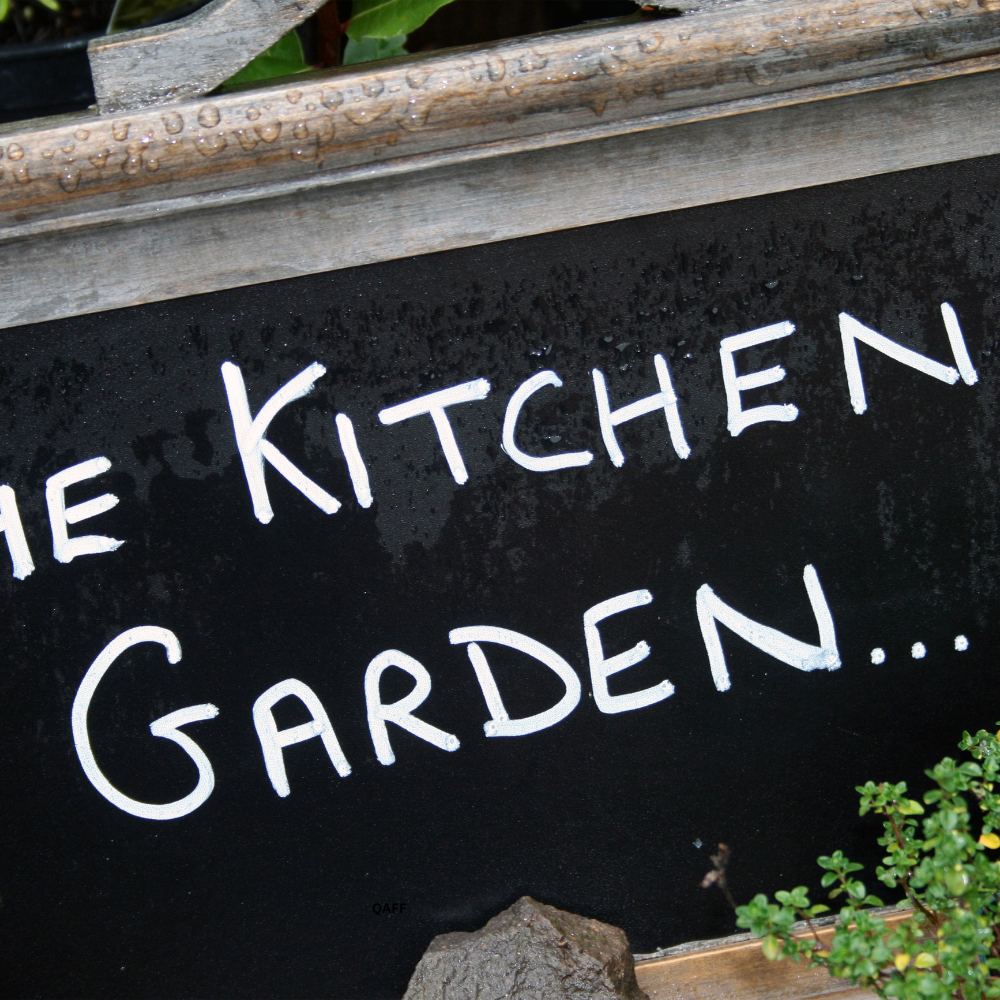
A kitchen garden, also known as a home or backyard garden, is a space dedicated to growing herbs, vegetables, and fruits that can be used for cooking. Typically located close to the kitchen, it allows easy access to fresh ingredients, encouraging a more sustainable and health-conscious lifestyle.
The benefits of a kitchen garden are numerous. One of the most significant advantages is access to fresh, organic produce. Growing your own vegetables and herbs ensures they are free from harmful pesticides and chemicals, contributing to healthier meals for you and your family. The flavor of freshly picked produce is often superior to store-bought items, making your culinary creations tastier and more nutritious.
Another benefit is the cost savings. A kitchen garden reduces the need to purchase groceries, especially for frequently used herbs like basil, parsley, or mint, and vegetables like tomatoes or peppers. Over time, this can lead to substantial savings on your grocery bills.
Kitchen gardening also promotes sustainability by reducing your carbon footprint. Growing your own food reduces the need for transportation, packaging, and the energy used in commercial farming practices. Additionally, composting kitchen scraps and garden waste helps reduce landfill waste while enriching your soil naturally.
Beyond the practical benefits, kitchen gardening offers mental and physical health advantages. Tending to a garden is a great way to stay active, reduce stress, and spend time outdoors. The act of nurturing plants and watching them grow can be deeply satisfying, providing a sense of accomplishment and connection to nature.
In summary, a kitchen garden is a valuable addition to any home, offering fresh, organic produce, cost savings, and environmental benefits, while also contributing to a healthier and more fulfilling lifestyle.

